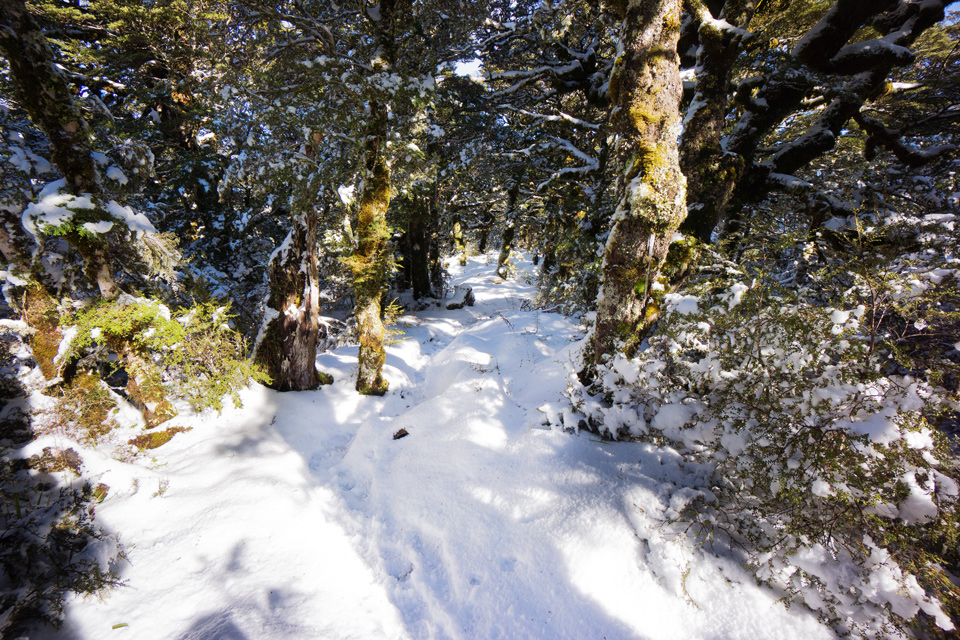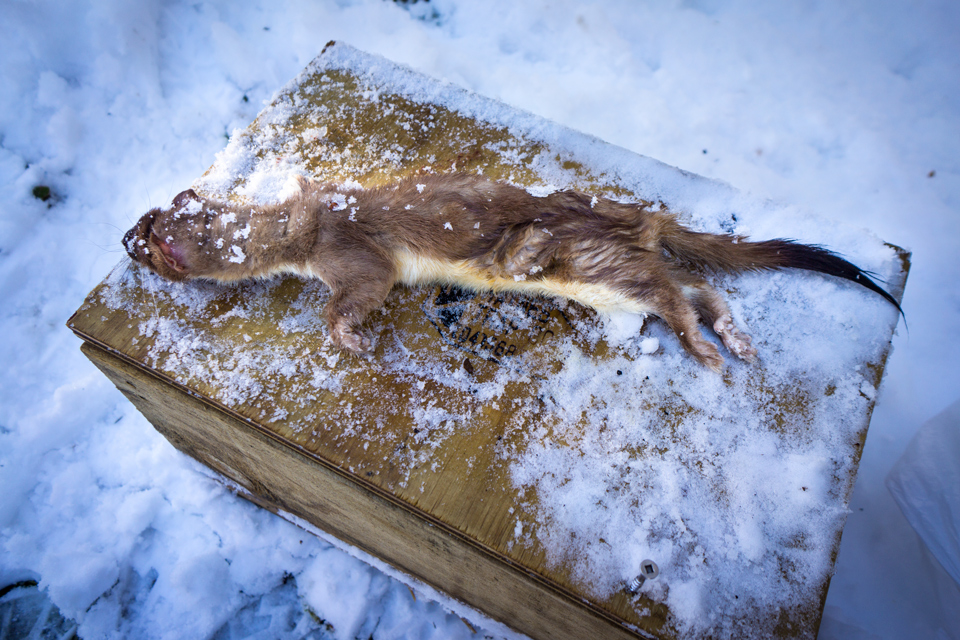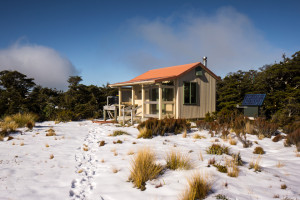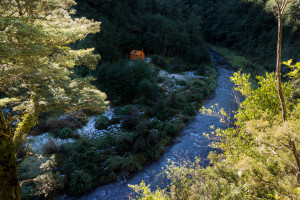It is depressing to all those that love the outdoors that so many of NZ’s native birds are either recently extinct, or are now classified as nationally critical or nationally endangered. Kea that were once common in large flocks are now rarely seen on tramping trips in the South Island mountains, falcons and rock wrens may be sighted occasionally, and everywhere our forests are eerily silent. Even our national symbol is struggling to survive.
Loss of habitat plays a part in this sorry situation but the effects of introduced predators is the largest cause of declining bird populations. So it is great that the WTMC as a club is playing a part along with many other organisations and individuals to reduce this threat to at-risk birds.

Our club’s trap line in the Ruahine Range forms part of a protective ring around the upper catchment of the Makaroro River—home to nationally endangered whio (Blue Duck). Hopefully by reducing the number of stoats, ferrets, and rats the declining survival rates of the birds will cease and eventually numbers increase.
The trap line is currently maintained by a small dedicated group of members—and so it was the newsletter editor’s turn at the end of May to clean and reset the traps. Ed arrived just after the big snowfalls and climbed the hill to Parks Peak Hut where he left his gear and headed north along the trap line on the top of the ridge. All the boxes were either buried or well filled with drifted snow, and in all of this part of the line only a single trap had an occupant (a recently departed stoat).
This lack of catches may be good or bad—it means that either there are not many predators around, or the traps are not doing their job.
Ed spent a fairly difficult day emptying the boxes of snow before re-baiting and resetting each trap. But to more than make up for this the scenery was wonderful. The bush was deep in snow, and all the trees were covered in white—it was a picture-postcard winter wonderland.
Ed returned to Parks Peak Hut for the night then set off next morning towards the Upper Makaroro River and Totara Spur. The first trap had a stoat—the largest Ed had seen. Then stoats appeared more regularly and then later a ferret and a rat.

Stoats are considered the biggest threat to whio and to see and understand them is to realise why—they are Nature’s ultimate killing machine. Even if it seems somehow wrong to willfully kill any sentient beings in this case it has to be the stoats, or the whio are history—against the stoats the whio don’t stand a chance.

So Ed’s final casualty list was 12 stoats, one ferret, one rat, one mouse, and the remains of one unidentified something. And because of this all the birdies in the upper Makaroro are now just a little bit safer, and Ed left feeling he had done a small amount of good in the world.
Now if you would also like to help out with whio protection the club is looking for others who can come along and assist with maintaining the traps—for this is not a short term project but needs to be kept going for the foreseeable future. Almost anyone keen enough will be welcome—easier trampers can do the nearby traps while the fitter folk head off for the distant ones. For more info contact Ed at newsletter@wtmc.org.nz, or the person who knows everything about whio and the nasties that threaten them—Illona our chief guide. We would enjoy having you along.

